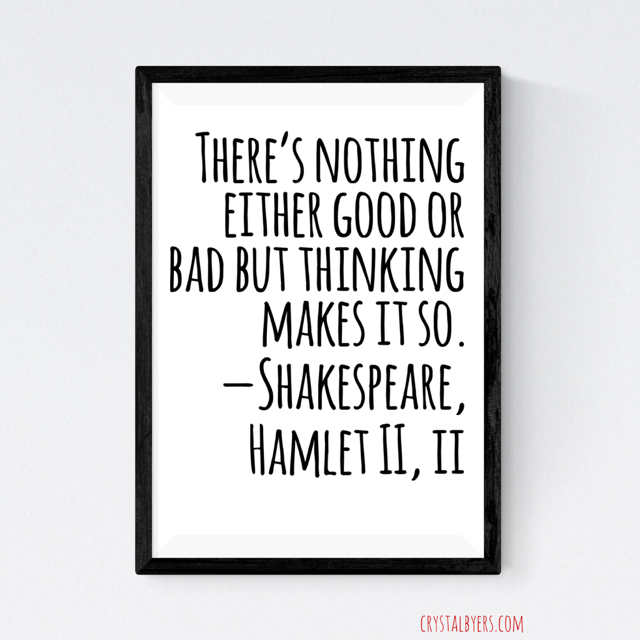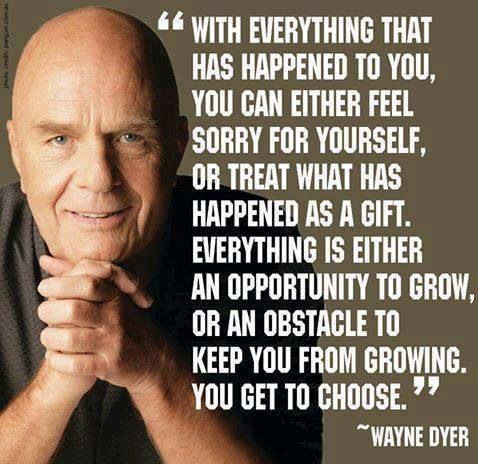Oww, my little tender spot, my tender spot,
Why you gotta mess up my time, Seroma?
Oww, you really are not fun, you are not fun
Please, you gotta say, Goodbye, Seroma.
Yeah, you better stop, give it up, such a tender spot
I pray you slip away, please today, then stay away,
Goodbye, bye, bye, ay, ay, oww!
B-b-b-bye, Seroma.
Post lumpectomy, a seroma replaced my lump. An inflammatory response to injury, it’s a buildup of fluid where tissue has been removed and common after breast cancer surgery. It may go away on its own, anywhere from one month to a year. I’m approaching the eight-week mark. I’ve asked God to take it and written a send-off song. It’s a small price to pay for cancer removal. Worst case scenario, the fluid will need to be drained. My doctor wants it to absorb on its own. Drainage often perpetuates repeat drainage.
The owws above are a bit melodramatic. I’m not taking anything for pain, and when I’m completely still, I hardly feel it. Other times, I can just be driving along, minding my own business, and hit a pothole in the road. “Oww!” Sometimes my own arms get in the way, you know, just swinging during a walk, driving with hands at 10 and 2, or trying to sleep on my side.
My doctor advises continued use of a compression bra 24/7 and avoidance of intense jostling. Google suggests the help of a heating pad. I’m doing the things. Maybe my little friend is shrinking. Maybe I’m hopeful.
While researching anti-inflammatory foods, I read advice about incorporating 30 different fruits and vegetables into my diet per week. This seemed almost impossible until I grocery shopped and started my count. On Sunday, I diced (1) jicama and (2) a pineapple and sprinkled the salad with tajin to top off my ground beef tostadas, which included (3) bell pepper, (4) serrano, and (5) onion. Yesterday for lunch, I made myself a salad with (6) romaine and (7) spinach, (8) cucumber, (9) tomato, onion, and a little chopped roast beef, along with my jicama and pineapple. As I typed this post, I craved a snack and opted for (10) a mandarin orange. I found myself taking inventory of my fresh fruit and veggie situation. This week, I have a plan for eating (11) avocados, (12) carrots, (13) potatoes, and (14) the strawberries on hand. Then there’s the (15) garlic, (16) lemons, and (17) limes. Of course, I won’t eat these last few foods whole, maybe the garlic—roasted. Perhaps I need more information about the rules.
In my head, I’m adding groceries to my next list when I Google “30 fruits and vegetables per week.” According to Women’s Health Magazine, it’s about eating 30 PLANTS per week—nuts and seeds, whole grains, herbs and spices, legumes, dark chocolate (70%) and coffee, tea and olive oil, frozen and canned types of F & V included. “Now this is completely doable,” I said to myself as I popped a handful of (18) almonds into my mouth. And to prove it to myself, I typed and snacked and counted and Googled health benefits, linking them and typing and snacking some more. From the fridge, I pulled the (19) hummus topped with (20) sesame seeds, and from the freezer, some (21) sugar snap peas, which I thawed under running water and devoured while dipping. I grabbed two Dove (22) dark chocolates in celebration of my gut microbiome revolution and fondly remembered my morning (23) coffee. A little later, I knocked out the taco meat on a corn tostada and topped it once more with jicama and pineapple.
Toward dinner time, I wasn’t hungry after my day of snacks. Home alone, Kody traveling for work, I poured (24) whole grain bran cereal into a bowl, topped it with succulent strawberries, honey, almond milk, and yum! Sometimes the littlest things make me so happy.

It never ceases to amaze me what I’m learning at age 54. For example, I’ve added a (25) turmeric with (26) organic ginger supplement to my daily routine. At one point in my life, I was anti-vitamin and supplement. I don’t know why. Honestly, I’ve never paid much attention to nutrition. Taking steps to learn is progress. I realize I’m on Day 3 of a 30-plants-per-week journey, but I only have one body. Realizing I must take care of it has been an epiphany, and my new-found determination is a journey of its own.
Knowing is step one. Doing what I know—step two. Persisting—step three.
Dear Seroma,
Take the time you need to finish teaching me how to nurture my body and love myself. I trust you as part of the healing process. My love and appreciation flows from me to you.
Simply,
Crystal













